|
Note from the InnovaSpace team: When we saw the beauty of the exoplanet infographics sent to us by artist Martin Vargic, we simply couldn't resist asking him to present them below - the detail is amazing - congratulations Martin! Author: Martin VargicAuthor, artist and designer from Slovakia  Copyright ©: Martin Vargic Copyright ©: Martin Vargic I created my first visualization of exoplanets in 2015, which included a size comparison of over 500 individual exoplanets. After finishing a book on the universe, astronomy and space exploration, the "Curious Cosmic Compendium", with infographic chapters about the "Scale of the Universe", "Timeline of the Universe" and an entire section focused on exoplanets, I decided to further expand upon this and create the two exoplanet infographics you see below. Both graphics plot the planets from left to right according to the amount of heat they receive from their star and their projected equilibrium temperature, from cryogenically cold planets on the far left to molten scorching-hot worlds on the far right. A small strip of green leaves shows the optimistic habitable zone, where some liquid water might exist on the surface of terrestrial planets or potential exomoons. All planets in the solar system are included to scale for comparison. Coloration of planetary atmospheres is based on the different chemical composition of cloud layers at different temperatures (sulfur compounds, chlorides, alkali metals, silicates), the Sudarsky Scale, as well as existing exoplanet art. "Icy and Rocky Worlds" focuses on earth and super-earth planets that could have a terrestrial composition, with almost 900 planets shown, while the "Exoplanet Zoo" zooms out more to show ice and gas giants, including some of the largest known exoplanets, with many other record-holding planets included (highest/lowest albedo, most distant, least dense, hottest, shortest orbit, closest, etc.). In total, around 1600 individual exoplanets are featured on one or the other graphic, but that's still less than 1/3 of all exoplanets confirmed to exist! If you would like to see these infographics (and others) in a higher resolution, please feel free to visit my website by clicking the following links:
EXOPLANET ZOO & ICY and ROCKY WORLDS Posters are also available at Halcyonmaps: Author: Tomas DucaiBiology (microbiology/genetics) graduate, Master's student Molecular Biology, University of Vienna - & Space enthusiast!  Inclusion and Accessibility have been much discussed terms for years. Institutions are working on numerous fronts and in numerous areas of everyday life to implement them in society. My name is Tomas Ducai, I am 24 years old, an active wheelchair user and am confronted with the more or less successful effects of the implementation of the above terms on a daily basis. As a citizen of the city of Vienna, I enjoy the attitude to life in a city that has been described as the "most livable" in the world several times in a row - I can only confirm this from the position of an active wheelchair user. The fact that cities live and implement the credo of inclusion and accessibility may not sound entirely unusual - but the fact that these attributes also apply to organizations in the space sciences is quite extraordinary, innovative and gives physically disabled people with an interest in space, like me, hope to take part in projects in this area. I achieved this in March of this year when I took part in a simulated space mission in the so-called analog space habitat LunAres as the first wheelchair-using analog para-astronaut. Simulated space missions are missions in which life (or co-existence) with other crew members on an (analog) space station on another celestial body (usually the Moon or Mars) and all related processes (including simulated spacewalks) are simulated and trained. The focus of such a simulated space mission can be on simulating the environment of the celestial body as accurately as possible in detail or on simulating isolation (from the outside world - social and physical). In the Polish analog space habitat LunAres, the focus is mainly on the latter scenario. The aspects described at LunAres are expanded to include the attributes of inclusion and accessibility (of the habitat and all processes) mentioned at the beginning, and for good reason - not only the current project of the European Space Agency (ESA), which selected an astronaut with a physical disability for the first time as part of the last astronaut selection, should be mentioned here, but also the simulation of space missions with physically impaired people, since it is likely, especially on longer (real) space missions, that otherwise healthy crew members will be seriously injured and will have to continue their stay in space - thousands to millions of kilometers from Earth - with impairments. Dealing with such scenarios requires, as one can imagine, numerous simulations in advance, in which LunAres plays a pioneering role - it is so far the only analogue space habitat that carries out missions with physically impaired crew members. Our crew for the simulated, two-week Pegasus lunar mission was already diverse, apart from the fact that I was in a wheelchair. A total of six mission participants came from three continents, all with different academic backgrounds, with different tasks during the mission - the Commander and the Executive Officer were responsible for organizing the entire mission, had the final say on (critical) decisions and were in regular contact with the mission control center "on Earth". The Engineering Officer was the first point of contact for all technical questions about the habitat and was always on hand with "hands-on" access to help and advice. The Medical Officer looked after our medical well-being and monitored our most important medical parameters through measurements. The Communications and Outreach Officer was responsible for recording all impressions during the mission - a particularly valuable task in order to adequately present the activities during such a simulated space mission. I, the Biolab Officer, looked after the biology laboratory on the analogue space station and carried out experiments - I investigated the germination properties of spinach in conventional soil and "space soil" - ground meteorite powder - and was very pleased to see that the spinach itself germinated and began to grow in the "exotic" space substrate. I also supervised biological experiments by other crew members, while the Engineering Officer established new technical features on the "moon rover" Leo as part of our mission and generally took care of technical maintenance of our little helper during extra-vehicle missions. All this is just a small insight into the diverse activities during our simulated space mission on the Moon, which also included simulated spacewalks (which I was able to lead mostly from the moon base), meditation, and cooking traditional Polish pierogi (dumplings). Above all, however, were the attributes I mentioned - inclusion and accessibility - which were lived not only by us, all crew members, but also by the mission control center (the organizers and inventors of the analog space habitat LunAres) to emphasize that space is indeed for everyone! All images provided by Tomas Ducai.
Author: Darrion K McNultyUndergrad student, Aerospace Engineering on the Pre-Medical track, Univ of Oklahoma; Project Manager, NASA's L'SPACE Mission Concept Academy; Future Pilot-Physician & Astronaut A review of original article - Building Robots For “Zero Mass” Space Exploration - written by Jacek Krywko (8th Feb 2024), published on the ARS Technica website The idea of exploring space without lugging around tons of gear sounds like something straight out of a sci-fi flick, but guess what? It might just be closer than we think! This article dives into the wild world of "Zero Mass" space exploration, where scientists are ditching the heavy payloads and instead relying on super-intelligent robots and nifty building materials. Think about it: sending stuff into space costs a fortune. Like a serious fortune. But what if we could cut down on all that weight and send up a bunch of self-replicating robots armed with super cool building blocks? That's the dream these NASA and Stanford folks are chasing. They're talking about using materials that can rebuild themselves, which is mind-blowing. It's like something out of a sci-fi novel from way back in the day. And get this - they're not just dreaming about it. They've built a bunch of these little building blocks called "voxels" and tested them out. These things are crazy vital but weigh next to nothing. So you can pack a bunch of them in your backpack and build whatever you need on the fly - like a shelter, a bridge, or even a boat! And here's the kicker - they're not just building stuff on their own. They've got these robots doing all the heavy lifting. These robots are like little construction workers, piecing together structures autonomously. It's like watching a futuristic version of a construction site! But it's not all just for show. They're thinking about using this tech to build towers on the Moon! Yeah, you heard that right. Towers on the freaking Moon! It's all about maximizing sunlight and getting the best communication signals. And with this tech, they reckon they can pull it off.
So, while we might not be hopping on spaceships and jetting off to distant planets just yet, it seems like we're getting closer every day. Who knows, maybe one day we'll all be living in moon towers built by robots. Hey, a guy can dream, right? Author: Leonardo PilattiPhysiotherapist | Currently taking Master’s degree in Space Medicine Microgravity is a fascinating topic when it comes to the study of astronaut health. When humans are exposed to microgravity, the effects on their bodies can be quite significant. One of the first things to understand about microgravity is its effect on the musculoskeletal system. In the absence of gravity, astronauts experience a decrease in muscle mass and bone density. The lack of load-bearing activity in microgravity leads to muscle atrophy and bone loss. This can result in decreased strength and increased risk of fractures once astronauts return to Earth. Another area of concern in microgravity is cardiovascular health. On Earth, gravity helps to pump blood towards the lower extremities. In microgravity, this effect is greatly reduced, causing fluids and blood to shift towards the upper body. This can lead to a decrease in plasma volume. Astronauts often have to undergo intense exercise regimes during their space missions to counteract these effects. The immune system is also affected by microgravity. Studies have shown that the immune response of astronauts is suppressed during spaceflight. This can make them more vulnerable to infections and diseases. Researchers are still studying the exact mechanisms behind this phenomenon and are trying to find ways to boost the immune system during space missions. Microgravity also has an impact on the astronaut's vision. Some astronauts have reported changes in their vision, such as an increase in visual blurring and other visual disturbances. This condition, known as spaceflight-associated neuro-ocular syndrome (SANS), is still being studied to understand its underlying causes and potential long-term effects. In addition to physical health, microgravity can also impact an astronaut's mental well-being. The unique environment of space, with its isolation, confinement, and lack of natural daylight, can lead to psychological challenges such as mood swings, sleep disturbances, and increased stress. NASA and other space agencies provide mental health support and psychological training to help astronauts cope with these challenges. To mitigate the negative effects of microgravity on astronaut health, space agencies invest in various countermeasures. These include exercise programs, special diets, and even medications. Additionally, researchers are constantly studying new technologies and strategies to protect and enhance astronaut health during long-duration space missions.
In conclusion, microgravity has significant effects on astronaut health, impacting various systems in the body. The study of these effects is crucial to ensure the well-being and safety of astronauts during space missions. By understanding and addressing these challenges, we can continue to push the boundaries of space exploration while also safeguarding the health of those who venture into the final frontier. Authors: Dr Venkatesh T Lamani, Swapnil K SinghBMS College of Engineering, Bull Temple Rd, Basavanagudi, Bengaluru, Karnataka, India 560019 Bubbles are a common occurrence in liquids, ranging from the simple rising ones to the turbulent ones that playfully form. However, behind their seemingly innocent façade lies a lesser-known and more complex side—cavitation bubbles. These unassuming bubbles possess the capacity to wreak havoc, generating destructive shock waves, emitting bursts of light, and even exhibiting unique chemical properties. In this article, we will delve into the intricate mechanics of cavitation bubbles, shedding light on their rapid collapse phase and the fascinating behaviours that accompany it. Cavitation bubbles undergo a sequence of stages, each contributing to their overall behaviour. It all begins with the inception of minuscule gas or vapor pockets known as nuclei within the liquid. These nuclei can emerge from various sources such as dissolved air, impurities, or surface irregularities. As the liquid traverses areas of lower pressure, these nuclei gradually expand into larger bubbles due to vaporisation—a process akin to boiling, yet without the actual boiling point being reached. The movement of cavitation bubbles is governed by the interplay between forces within the fluid flow and the intrinsic characteristics of the bubbles themselves. Forces such as drag, buoyancy, pressure gradients, and interactions with solid surfaces dictate their trajectories. Some bubbles ascend due to buoyancy, while others become entrapped in turbulent flows, swirling unpredictably. Along their trajectory, pressure gradients act as guiding forces, steering the bubbles in specific directions. Yet, the most intriguing facet of cavitation bubbles lies in their eventual collapse. As these bubbles transition from low-pressure regions to areas of higher pressure, they face escalating external pressure. This rapid compression leads to their dramatic collapse, referred to as the bubble collapse phase. During this phase, the confined space witnesses the generation of extreme pressures and temperatures, resulting in the formation of shock waves, microjets, and even flashes of light. This release of energy significantly contributes to the inherently destructive nature of cavitation, capable of causing damage to nearby surfaces. The collapse transpires in a fleeting instant, lasting only microseconds. The energy unleashed results in temperatures surpassing the sun's surface heat and pressures that rival the deepest ocean trenches. Shock waves and microjets formed in this dramatic event have the power to erode metals, damage propellers, and influence chemical reactions within the surrounding liquid. Researchers are particularly enthused by the potential applications of this released energy, spanning from catalysing intricate chemical reactions to advancing medical treatments.
Despite extensive research, comprehending the intricate dynamics of cavitation bubbles remains a formidable challenge. The intricate dance of fluid dynamics, coupled with the unpredictable nature of turbulence, renders achieving comprehensive understanding an ongoing pursuit. Researchers employ numerical simulations and experiments to gain insights, yet many aspects of this phenomenon are still awaiting exploration. Unravelling the mechanisms underlying bubble collapse and its aftermath stands as a continuing endeavour, driven by the desire to harness its energy while mitigating its potential harm. Author: Luis E. Luque Álvarez Violin Teacher, Kittenberger Kálmán Primary & Art School of Nagymaros, Hungary. Member of the European Low Gravity Research Association (ELGRA), and member of the Education Advisory Board for NASA’s Eclipse Soundscapes Project (ES: CSP) Are the right polyphonies of orbits contributing to the rise of life in the universe? Sonification is a multidisciplinary method that complements data visualisation through adding an auditory component that facilitates the interpretation of visual features. The origin of sonification dates to 1908, when Hans Geiger and Walther Müller experimented with the sound coming from tubes of ionizing gas and radiation. Edmund Edward Fournier d’Albe later invented the Optophone, a device that scans text and transforms it into time-varying chords of tones, enabling people who are blind to identify and understand letters through sonification. This method has become popular in astronomy, though its real roots can be traced back further in history if you consider the works of Pythagoras, who proposed that planets all give off a unique hum based on their orbital revolution, while the “Musica Universalis” developed by Johannes Keppler highlighted the orbital path of each celestial body as individual voices in a planetary polyphony. Andreas Werckmeister subsequently developed his temperaments and tuning systems based on Kepler’s theories, which later influenced the sequences and structures composed by Johann Sebastian Bach. This connection from Kepler to Bach continues to be investigated to the present day by musicologists. In fact, in can be argued that without the musical developments of Pythagoras, Kepler, Werckmeister and Bach taken from astronomical principles, the musical systems and knowledge of our postmodern times could be very differently structured, at least considering western music. Astronomical studies seek the combination of different celestial harmonies or polyphonies from the orbits that could have a direct relation with the essential conditions for life in evolving protoplanetary systems, different stars, planets transformation or even the connection to black holes or dark matter (see below YouTube videos).
Author: Dr. Paul ZilbermanMedical Doctor, Anaesthetist, Hadassah Medical Center Jerusalem, Israel
Space is very different, in many aspects. This post does not attempt to address the many changes the human body experiences in space, such as volume modifications in body compartments, fluid shifts, structural configuration in receptor* morphology and, as a consequence, possible variations in pharmacology response, etc. * For the lay reader, a receptor is a special structure on the surface of a cell, for example, that functions as a "receiving point" on which a chemical substance acts in a unique way (like a key – lock mechanism) and a specific reaction is generated (like a muscle contraction) or inhibited (like a cork closing a bottle and blocking the passage of a fluid). These complex structural changes modify many biological reactions, as well as the body’s response to medications. Rather, this post presents some of the technical challenges that an anaesthesiologist may encounter in space. Confined space. On Earth gravity keeps everyone’s feet on the ground. Different pieces of equipment can be repositioned depending on the procedure, machinery can be brought in as needed (XRay scans in orthopaedics, for instance), electric cables can be switched to other convenient wall sockets etc. In a fixed volume space capsule, you don’t have all these possibilities. Everything is measured for maximum volume efficiency. Taking into consideration that anything can and will float if not properly anchored, we can imagine what an “anaesthesia dance” could happen! What equipment? On Earth an anaesthesia workstation is always present in the OR. Depending on its complexity its volume can vary between a medium size fridge to a large double-doored one, just put on its side. You don’t have this amount of deposit in a space cabin, but let’s suppose for one moment that you do - you then need an Anaesthesia Gas Scavenging System (AGSS), which removes the anaesthesia gases that have leaked out or at the end of the procedure. On Earth, these gases are expelled into the atmosphere (there is a lot to talk about this and the greenhouse effects too) and the air currents around any medical facility carry them away. In space you don’t have this. Any gas must be expelled using energy, an active process. Otherwise, the whole cabin will become a big anaesthesia machine with all crew members affected. And, speaking of energy, an anaesthesia workstation is also powered by electricity, which is a limited resource in space, depending on the surface of the solar (or light in general) panels. This energy must be stored and used for other life maintenance systems as well, of which a critical example is the Sabatier reactor that provides oxygen. Regional anaesthesia The simplicity and portability of the necessary equipment makes this type of anesthesia attractive. For peripheral neural blocks all you need is a simple ultrasound machine and dedicated needles. The potential drawbacks are that the technique/s need to be taught on Earth but their “transposition” to space is a bit problematic. If the spinal/epidural anaesthesia is relatively simple to learn, the USG (ultrasound guided) blocks are more challenging. Furthermore, the bodily fluid shift due to the lack of gravity causes many tissues to change their tridimensional appearance, leading to increased difficulty in performing the block.
The cardiovascular responses that accompany spinal/epidural anaesthesia on Earth, in terms of heart rate and blood pressure, are different in space. There may be a lack of reactivity so a certain reduction in blood pressure, for example, might not be compensated. We need to remember that the hostile environment in space, especially radiation, affects not only the human body, but also many sensitive electronic components of medical equipment, leading to possible dysfunction. Monitors can potentially de-calibrate and all the information you receive may become inaccurate. Fluids Preparing and administering a fluid on Earth is routine, however, the lack of gravitation in space poses other challenges: air and fluids do not mix. It is called “lack of buoyancy”. Unless we use special equipment to separate fluids from air nothing can be delivered to the patient. This statement is true also for the anaesthesia vaporiser (a special closed recipient that contains the anaesthesia substance); not only can you not simply fill it the way it would be done on Earth, but even if you could, the anaesthesia liquid that becomes vapour cannot separate from the fluid from which it originates. It just cannot exit the vaporiser. Below is a small example of how liquids behave in space and what happens when a liquid exits a recipient: The same is true for another type of anaesthesia, called TIVA = Total Intra Venous Anaesthesia. This technique uses a dedicated syringe pump that pushes different anaesthesia substances through an intra venous line. It’s a useful technique both in terms of volume and energy expenditure, but again we face the same problems: how to fill the syringe without air bubbles and how to protect the electronics of the syringe pump (in fact a computer in all respects) from the deleterious influences of space radiation!
As you can see, space medicine is a very important topic and many people dream of its future use. Yet, we still have a long way to go! With the advent of intermediary space “stops” and the continuous development of new technologies, every challenge will be solved, sooner or later. Author: Dr. Yohana David Laiser, MD Medical Doctor | Space Exploration Enthusiast | Aspiring Public Health Specialist The government of Tanzania has set itself a goal to venture into space exploration by launching its first ever Communication Satellite, scheduled for the end of 2023 following similar endeavors by other countries in the region. This daring spirit shown by the government is also reflected by a rising number of space-related activities, establishment of privately owned companies venturing into space exploration, and a germinating stalk of space ecosystem in Tanzania, most notably in the country’s commercial city of Dar es Salaam.
One of record-breaking events to ever happen in Tanzania is the NASA International Space Apps Challenge, which is the largest global hackathon organised by the National Aeronautics and Space Administration (NASA) in the United States of America and partner organisations from all over the world, such as ESA, CSA, JAXA, ISRO and many more. Author: InnovaSpace TeamWorking towards a globally inclusive and diverse network of space professionals, researchers, entrepreneurs, students & enthusiasts - Space Without Borders 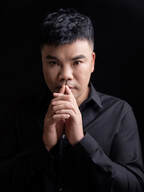 Time to catch-up with our colleague from the east, Chris Yuan, who very enthusiastically and capably established the Ursa Minor project in China, under the umbrella of the Planetary Expedition Commander Academy (PECA). It involves the development of new technologies and innovative training courses to encourage and inspire a future generation of space science researchers and astronauts. As previously reported in 2022, Chris and his students learned how to perform the Evetts-Russomano CPR technique underwater on a manikin while diving, as the water simulates the weightlessness that is present in microgravity. This practice now forms part of a larger course, the Ursa Minor Interstellar Expedition Program, giving the opportunity for 12- to 18-year-olds to participate in an underwater space science training camp.
Author: Tobias LeachMedical Student, University of Bristol | iBSc Physiology at King’s College London The first edition of the InnovaSpace Journal Club was dedicated to a prospective cohort study on jugular venous flow in astronauts aboard the ISS. From this study, the issue of jugular vein thrombus formation arose, which led to some fascinating discussion on how we could possibly manage and mitigate this novel risk to astronaut health. Therefore, I thought it appropriate to use the second edition of the InnovaSpace journal club to cover the issue of bleeding in space. Major Haemorrhage in space – How can it arise? How can it be managed? Should we worry about it? PAPER PRESENTED & DISCUSSED: We used a 2019 literature review which evaluated different haemostatic techniques in remote environments and proposed a major haemorrhage protocol for a Mars mission.
The article itself stressed that while the estimated risk for major haemorrhage on a Mars mission was not very high, there were still many possible causes for a big bleed such as trauma and high dose radiation. Additionally, the changes to circulatory physiology observed in microgravity may mean astronauts are less able to cope with even small amounts of blood loss. While the literature search itself left a lot to be desired as only 3 of the 27 papers were randomised controlled trials (RCTs), the results were interesting. |
Welcometo the InnovaSpace Knowledge Station Categories
All
|
UK Office: 88 Tideslea Path, London, SE280LZ
Privacy Policy I Terms & Conditions
© 2024 InnovaSpace, All Rights Reserved










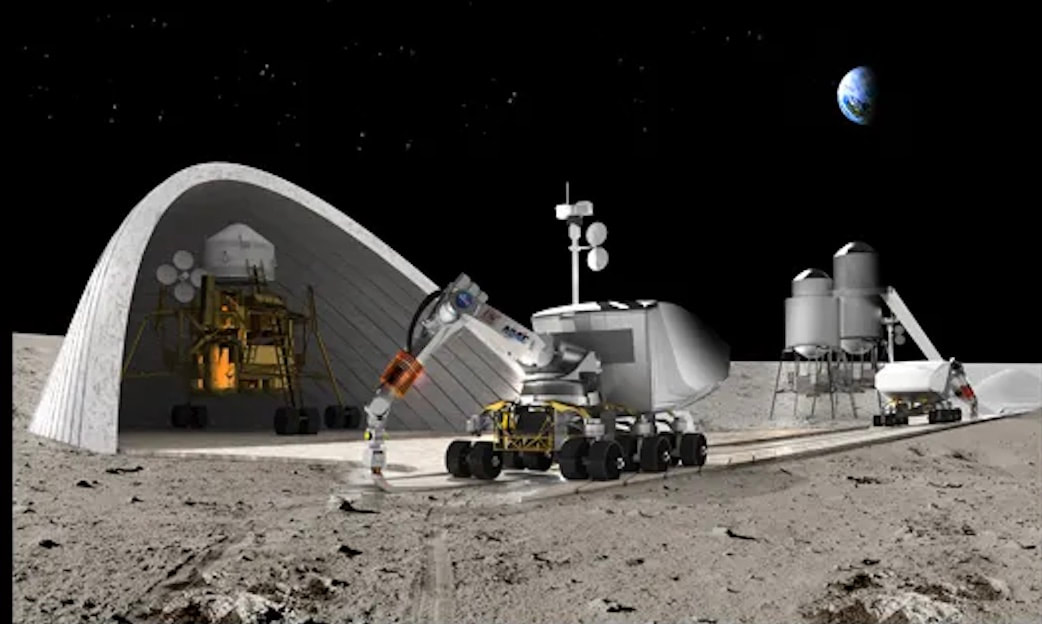
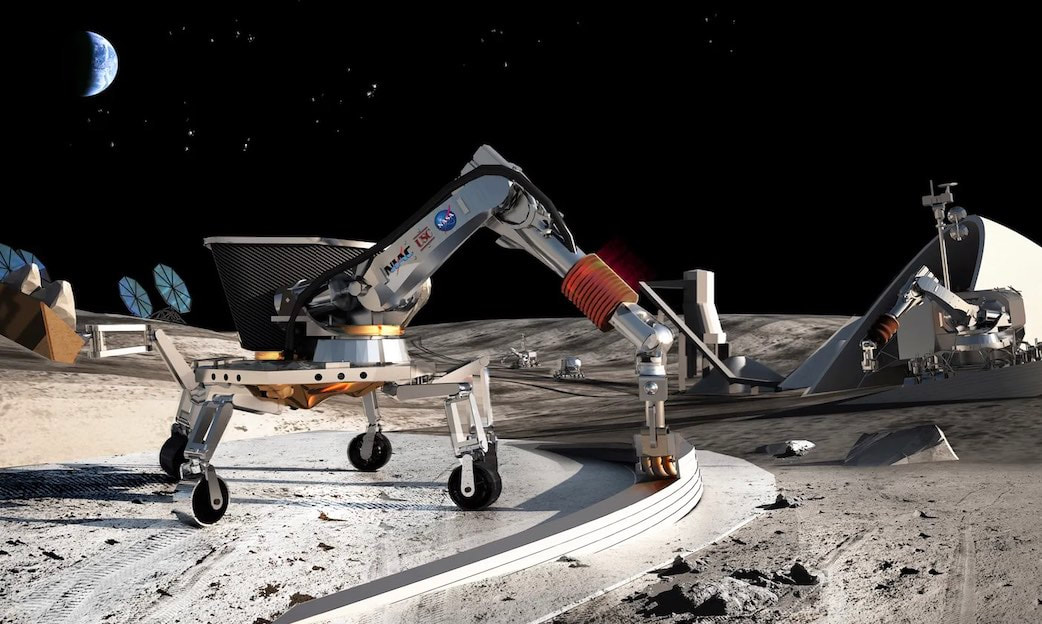
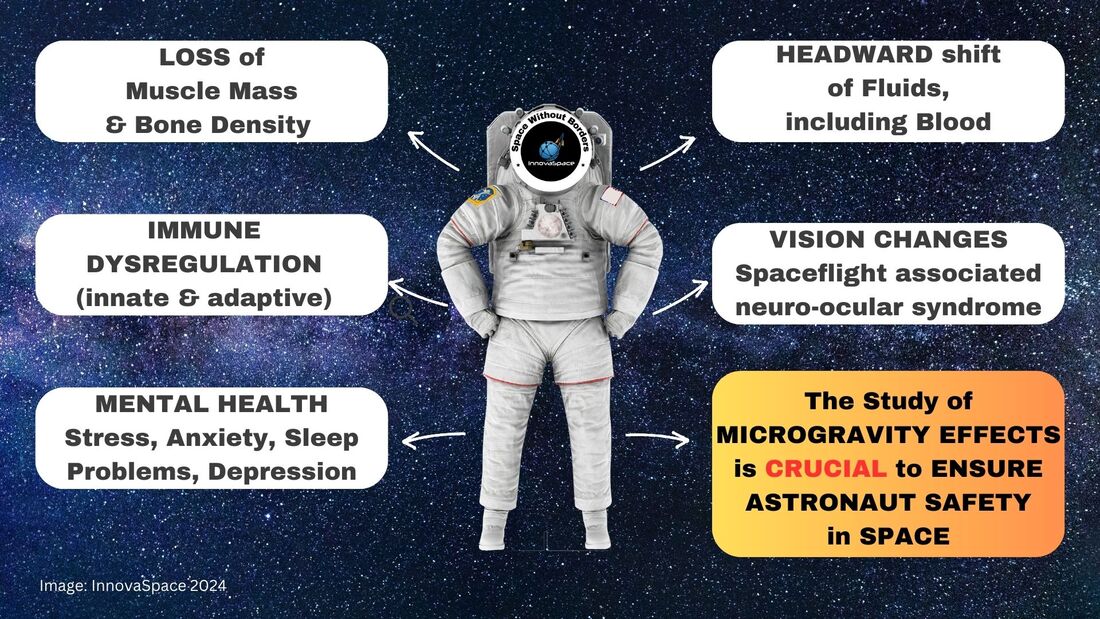
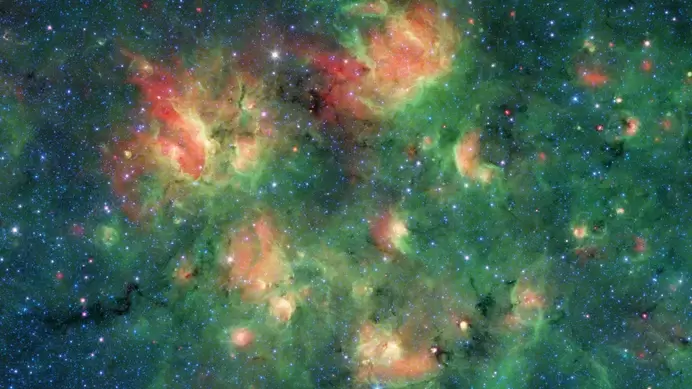

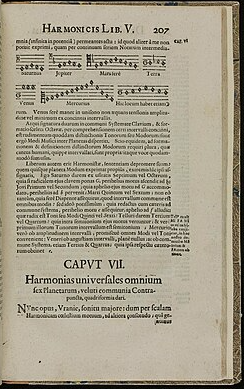
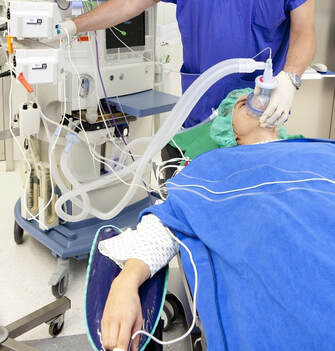
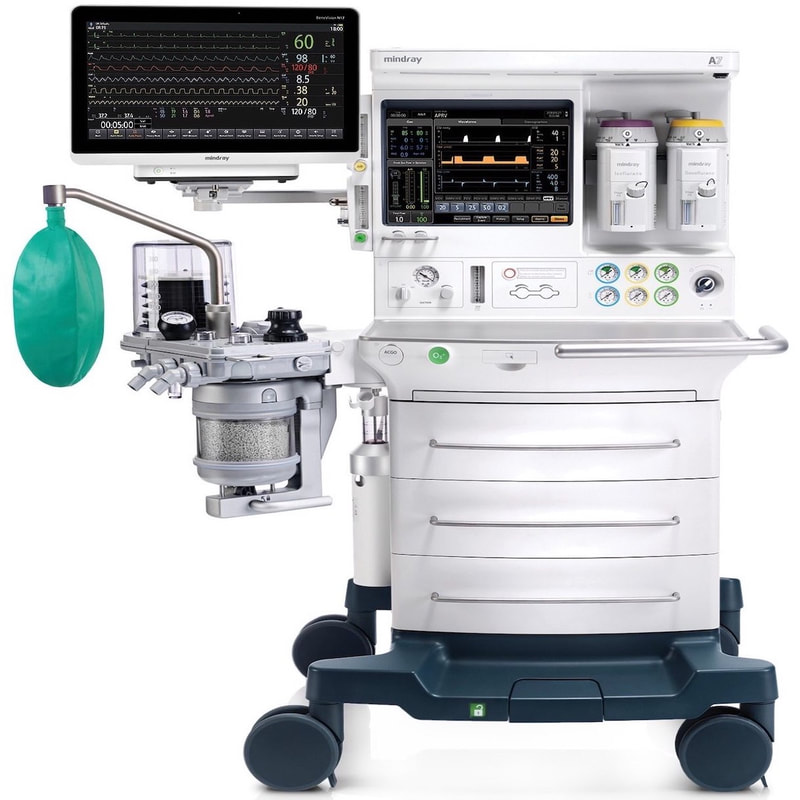
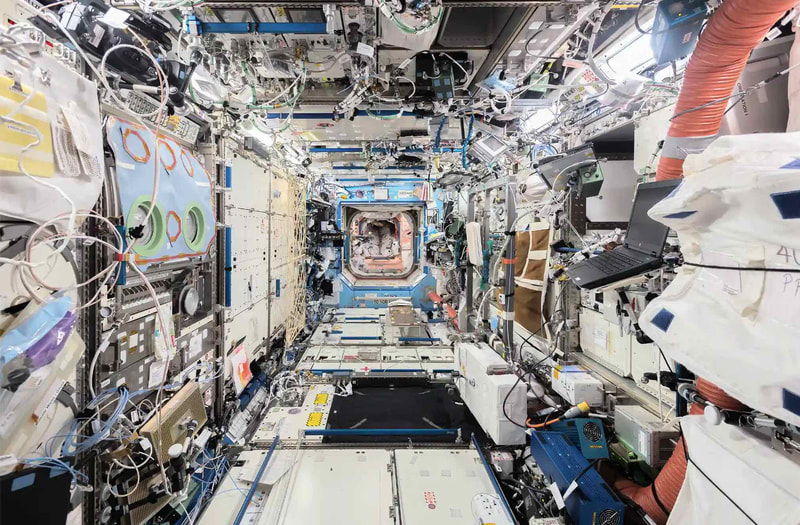
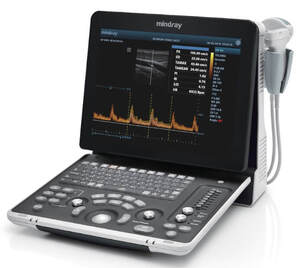


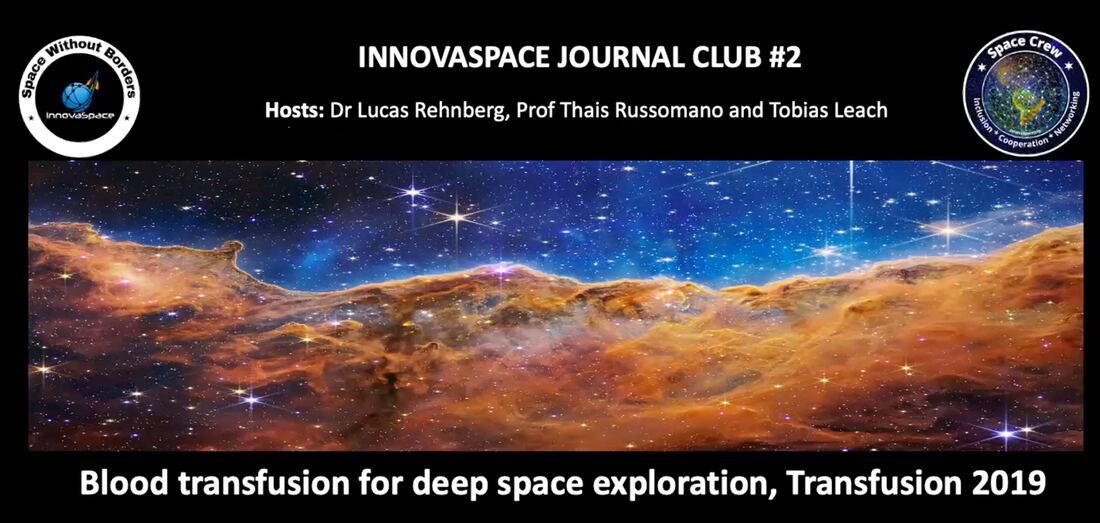
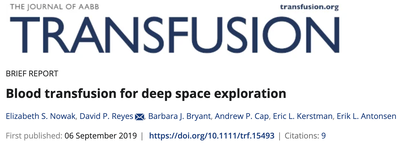
 RSS Feed
RSS Feed